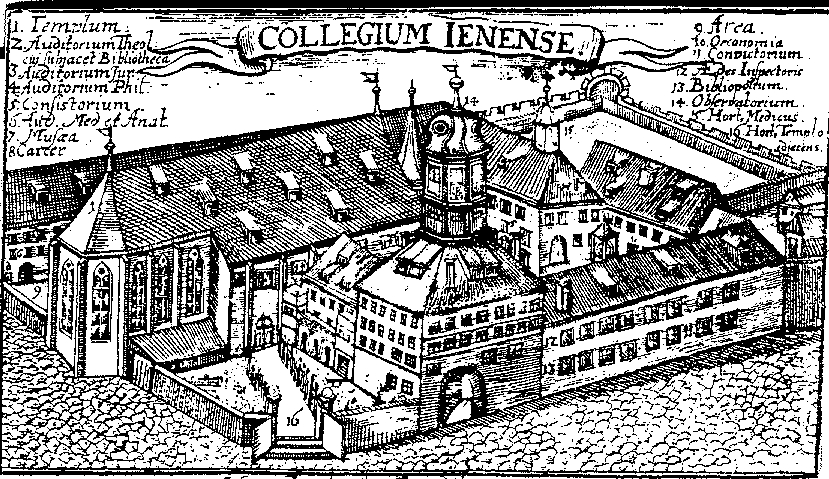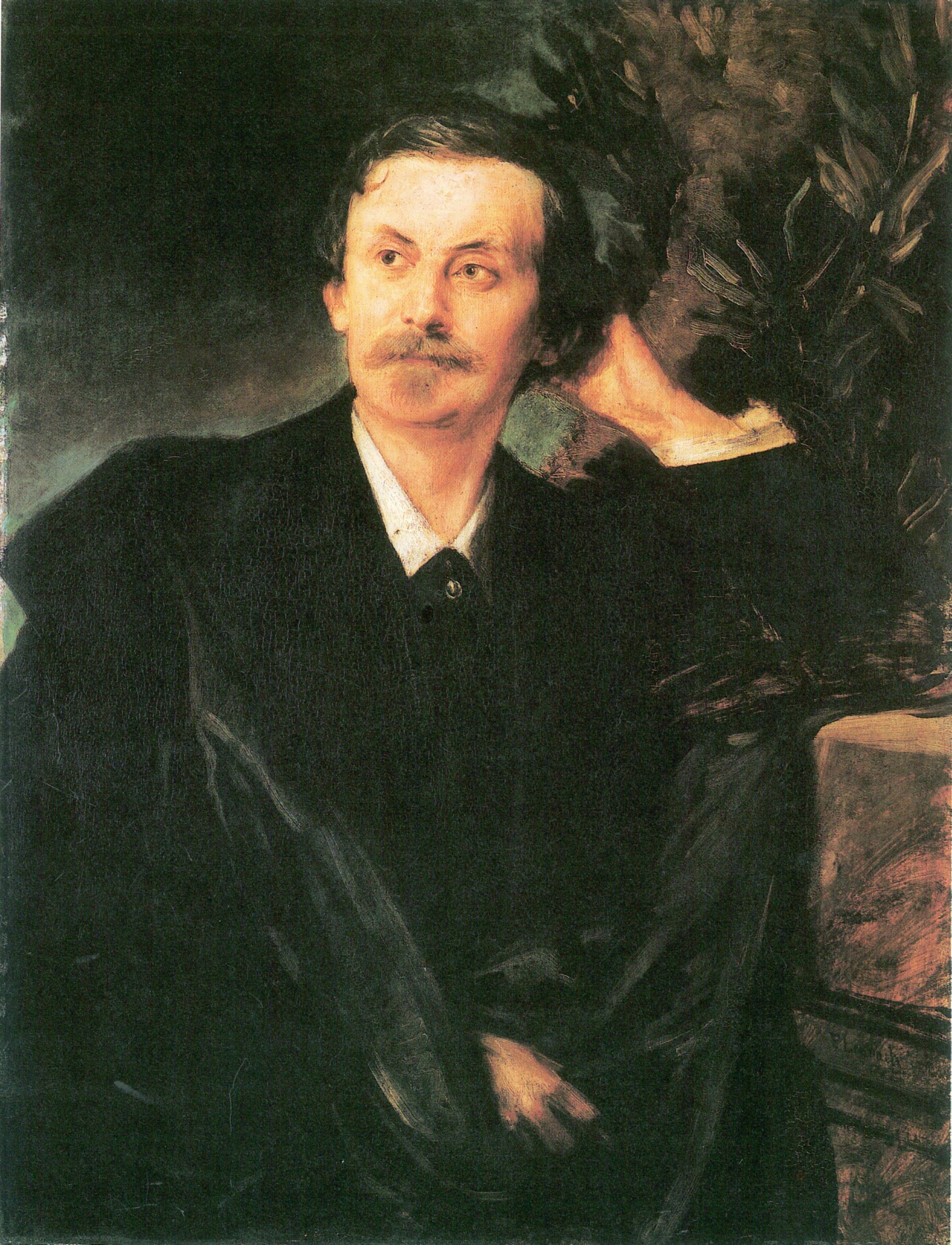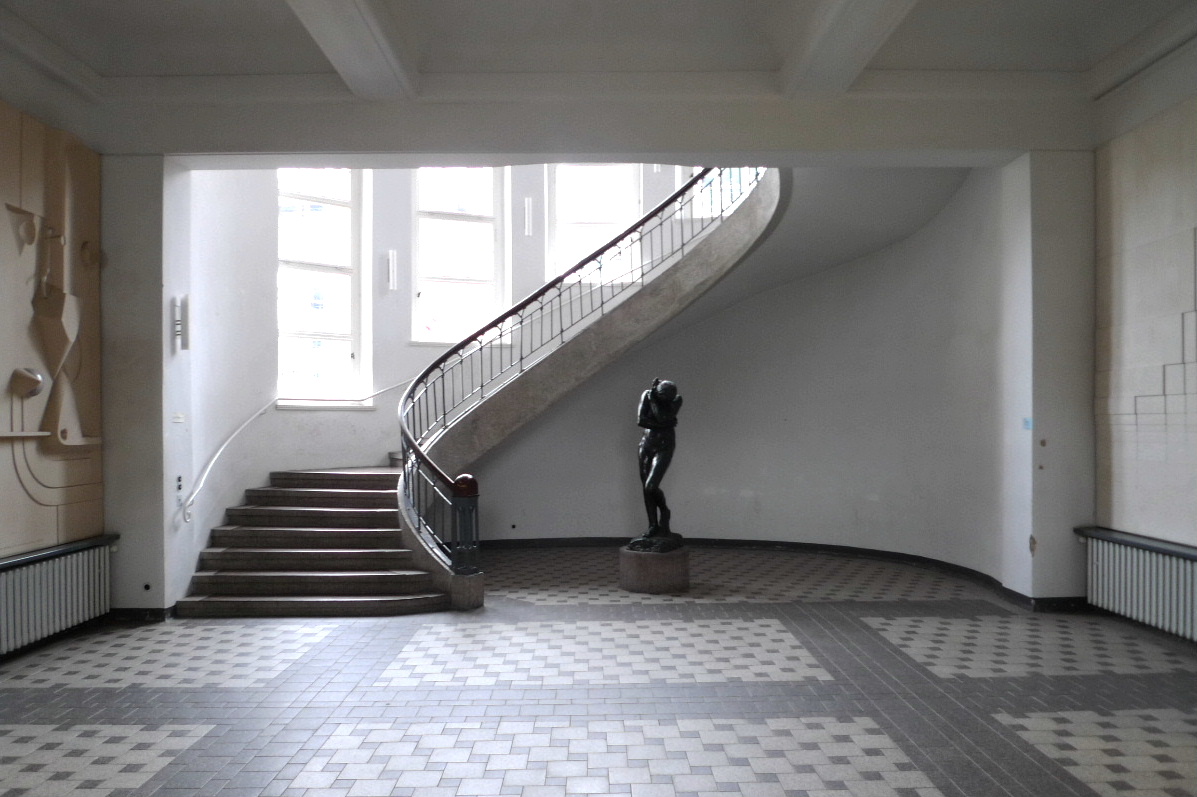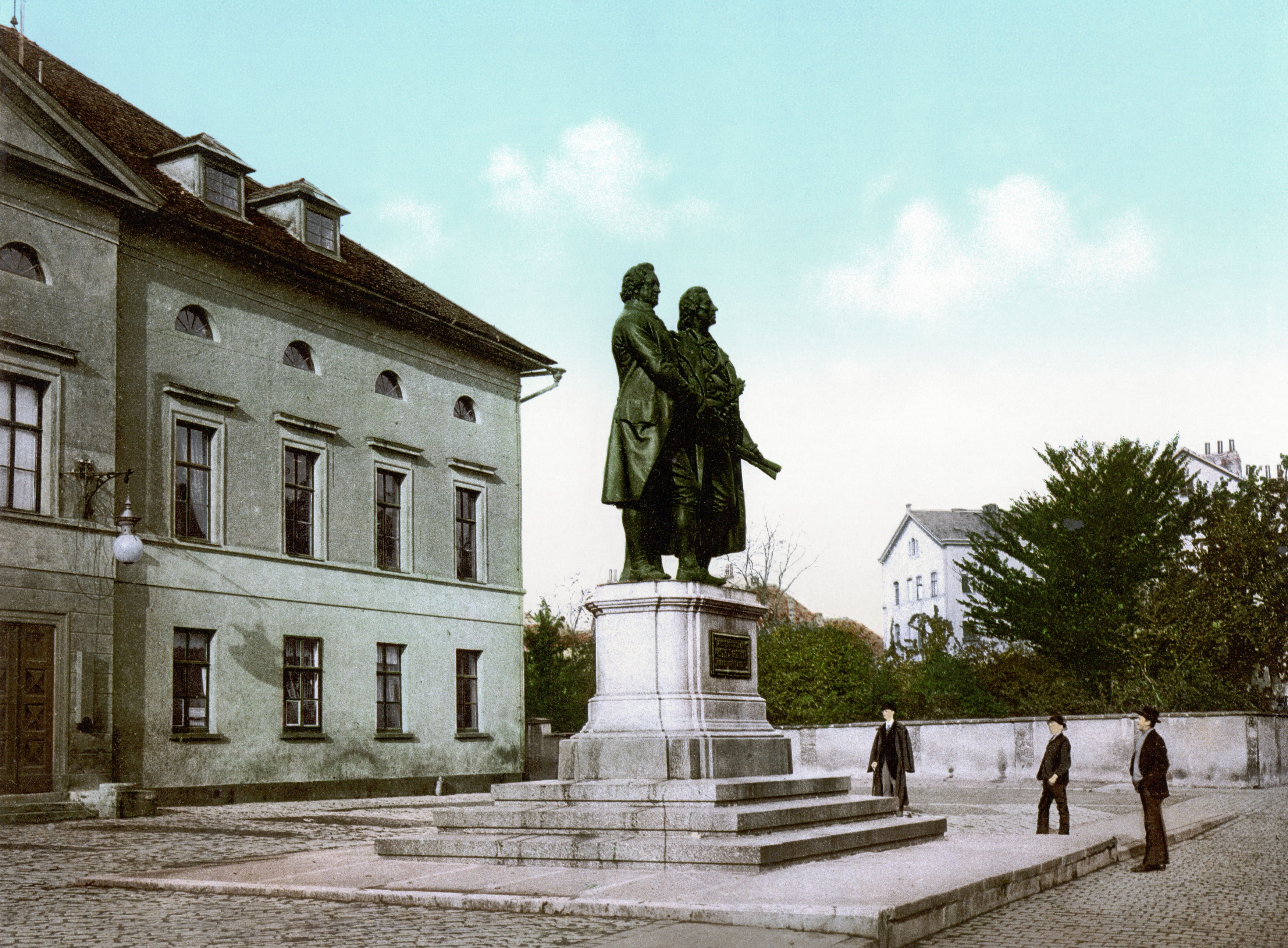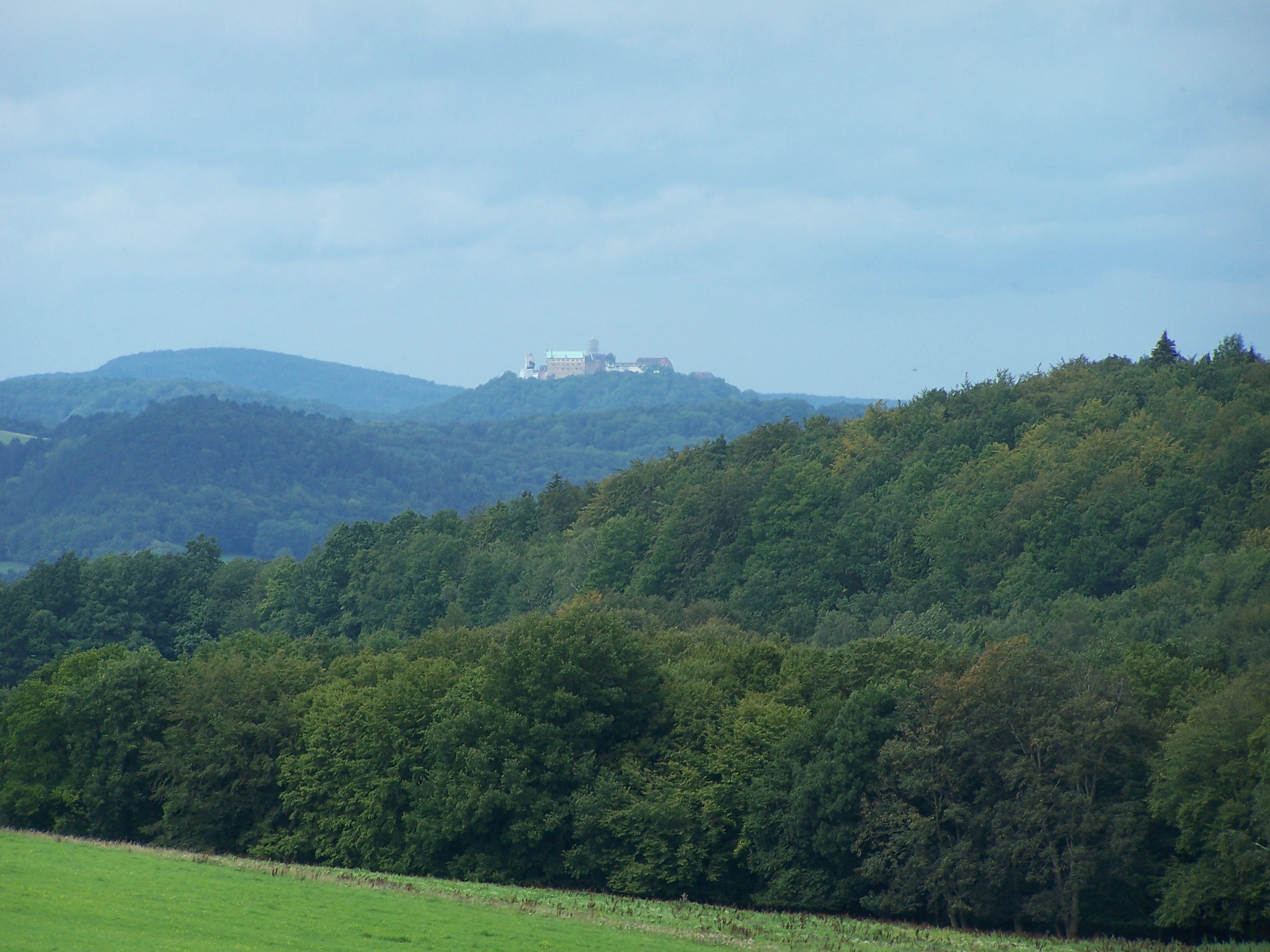|
Charles Alexander, Grand Duke Of Saxe-Weimar-Eisenach
Charles Alexander (Karl Alexander August Johann; 24 June 1818 – 5 January 1901) was the ruler of Saxe-Weimar-Eisenach as its grand duke from 1853 until his death. Biography Born in Weimar, Karl Alexander was the second but eldest surviving son of Charles Frederick, Grand Duke of Saxe-Weimar-Eisenach, Karl Frederick, Grand Duke of Saxe-Weimar-Eisenach and Maria Pavlovna, Grand Duchess of Saxe-Weimar-Eisenach, Grand Duchess Maria Pavlovna of Russia. His mother engaged as tutor for Karl the Swiss scholar Frédéric Soret who became a close acquaintance to Johann Wolfgang von Goethe. When he was the Hereditary Grand Duke, Karl Alexander established a strong friendship with Fanny Lewald and Hans Christian Andersen, but this close relationship stopped in 1849 for the war against Denmark over the duchies of Schleswig-Holstein (the First Schleswig War). On 8 July 1853 his father died, and Karl Alexander became Grand Duke; however, he postponed his constitutional accession until Goet ... [...More Info...] [...Related Items...] OR: [Wikipedia] [Google] [Baidu] |
Saxe-Weimar-Eisenach
Saxe-Weimar-Eisenach () was a German state, created as a duchy in 1809 by the merger of the Ernestine duchies of Saxe-Weimar and Saxe-Eisenach, which had been in personal union since 1741. It was raised to a grand duchy in 1815 by resolution of the Congress of Vienna. In 1903, it officially changed its name to the Grand Duchy of Saxony (), but this name was rarely used. The grand duchy came to an end in the German Revolution of 1918–19 with the other monarchies of the German Empire. It was succeeded by the Free State of Saxe-Weimar-Eisenach, which was merged into the new Free State of Thuringia two years later. The full grand ducal style was Grand Duke of Saxe- Weimar- Eisenach, Landgrave in Thuringia, Margrave of Meissen, Princely Count of Henneberg, Lord of Blankenhayn, Neustadt and Tautenburg. The Saxe-Weimar-Eisenach branch has been the most genealogically senior extant branch of the House of Wettin since 1672. Geography The Grand Duchy of Saxe-Weimar-E ... [...More Info...] [...Related Items...] OR: [Wikipedia] [Google] [Baidu] |
Hans Christian Andersen
Hans Christian Andersen ( , ; 2 April 1805 – 4 August 1875) was a Danish author. Although a prolific writer of plays, travelogue (literature), travelogues, novels, and poems, he is best remembered for his literary fairy tales. Andersen's fairy tales, consisting of 156 stories across nine volumes, have been translated into more than 125 languages. They have become embedded in Western culture, Western collective consciousness, accessible to children as well as presenting lessons of virtue and resilience in the face of adversity for mature readers., p. 388 His most famous fairy tales include "The Emperor's New Clothes", "The Little Mermaid", "The Nightingale (fairy tale), The Nightingale", "The Steadfast Tin Soldier", "The Red Shoes (fairy tale), The Red Shoes", "The Princess and the Pea", "The Snow Queen", "The Ugly Duckling", "The Little Match Girl", and "Thumbelina." Andersen's stories have inspired ballets, plays, and animated and live-action films. Early life Andersen was ... [...More Info...] [...Related Items...] OR: [Wikipedia] [Google] [Baidu] |
University Of Jena
The University of Jena, officially the Friedrich Schiller University Jena (, abbreviated FSU, shortened form ''Uni Jena''), is a public research university located in Jena, Thuringia, Germany. The university was established in 1558 and is counted among the ten oldest universities in Germany. It is affiliated with six Nobel Prize winners, most recently in 2000 when Jena graduate Herbert Kroemer won the Nobel Prize for physics. It was renamed after the poet Friedrich Schiller who was teaching as professor of philosophy when Jena attracted some of the most influential minds at the turn of the 19th century. With Karl Leonhard Reinhold, Johann Gottlieb Fichte, G. W. F. Hegel, F. W. J. Schelling and Friedrich Schlegel on its teaching staff, the university was at the centre of the emergence of German idealism and early Romanticism. , the university has around 19,000 students enrolled and 375 professors. Its current president, Walter Rosenthal, has held the role since 2014. Hi ... [...More Info...] [...Related Items...] OR: [Wikipedia] [Google] [Baidu] |
Rector (academia)
A rector (Latin language, Latin for 'ruler') is a senior official in an educational institution, and can refer to an official in either a university or a secondary school. Outside the English-speaking world, the rector is often the most senior official in a university, while in the United States, the equivalent is often referred to as the President (education), president, and in the United Kingdom and Commonwealth of Nations, the equivalent is the Vice-chancellor (education), vice-chancellor. The term and office of a rector can be referred to as a rectorate. The title is used widely in universities in EuropeEuropean nations where the word ''rector'' or a cognate thereof (''rektor'', ''recteur'', etc.) is used in referring to university administrators include Albania, Austria, Benelux, the Benelux, Bosnia and Herzegovina, Bulgaria, Croatia, Cyprus, Czech Republic, Denmark, Estonia, Finland, Germany, Greece, Hungary, Iceland, Italy, Latvia, Malta, Moldova, North Macedonia, Poland, ... [...More Info...] [...Related Items...] OR: [Wikipedia] [Google] [Baidu] |
Reinhold Begas
Reinhold Begas (15 July 1831 – 3 August 1911) was a German sculptor. Biography Begas was born in Berlin, son of the painter Carl Joseph Begas. He received his early education (1846–1851) studying under Christian Daniel Rauch and Ludwig Wilhelm Wichmann. During a period of study in Italy, from 1856 to 1858, he was influenced by Arnold Böcklin and Franz von Lenbach in the direction of a naturalistic style in sculpture. This tendency was marked in the group ''Borussia'', executed for the facade of the exchange in Berlin, which first brought him into general notice. In 1861 Begas was appointed professor at the art school at Weimar, but retained the appointment only a few months. That he was chosen, after competition, to execute the statue of Friedrich Schiller for the Gendarmenmarkt in Berlin, was a high tribute to the fame he had already acquired, and the result, one of the Schiller Monument (Berlin), finest statues in the German metropolis, entirely justified his selection. ... [...More Info...] [...Related Items...] OR: [Wikipedia] [Google] [Baidu] |
Franz Von Lenbach
Franz Seraph Lenbach, after 1882, Ritter von Lenbach (13 December 1836 – 6 May 1904), was a German painter known primarily for his portraits of prominent personalities from the nobility, the arts, and industry. Because of his standing in society, he was often referred to as the "Malerfürst" (Painter Prince). Biography His father, who originally came from South Tyrol where the family name was spelled "Lempach", was a Master Mason for Schrobenhausen, where Lenbach was born. Lenbach completed his primary education at Landsberg am Lech, Landsberg in 1848, then attended a business school in Landshut. From 1851 to 1852, he was apprenticed to the sculptor Anselm Sickinger in Munich. At that time, his father died and he went home to help in the family business. He was only there a short time before beginning studies at the Augsburg University of Applied Sciences. While there, he drew and painted in his spare time, befriended Johann Baptist Hofner (1832–1913), the animal painter, and ... [...More Info...] [...Related Items...] OR: [Wikipedia] [Google] [Baidu] |
Arnold Böcklin
Arnold Böcklin (16 October 182716 January 1901) was a Swiss Symbolism (arts), Symbolist Painting, painter. His five versions of the ''Isle of the Dead (painting), Isle of the Dead'' inspired works by several late-Romantic composers. Biography Arnold Böcklin was born in Basel. His father, Christian Frederick Böcklin (b. 1802), was descended from an old family of Schaffhausen, and engaged in the silk trade. His mother, Ursula Lippe, was a native of the same city. Arnold studied at the Kunstakademie Düsseldorf, Düsseldorf academy under Johann Wilhelm Schirmer, Schirmer, and became a friend of Anselm Feuerbach. He is associated with the Düsseldorf school of painting. Schirmer, who recognized in him a student of exceptional promise, sent him to Antwerp and Brussels, where he copied the works of Flemish painting, Flemish and Dutch art, Dutch masters. Böcklin then went to Paris, worked at the Louvre, and painted several landscapes. After serving his time in the army, Böcklin s ... [...More Info...] [...Related Items...] OR: [Wikipedia] [Google] [Baidu] |
Grand-Ducal Saxon Art School, Weimar
The Grand-Ducal Saxon Art School, Weimar (German:Großherzoglich-Sächsische Kunstschule Weimar) was founded on 1 October 1860, in Weimar, Germany, by a decree of Charles Alexander, Grand Duke of Saxe-Weimar-Eisenach. It existed until 1910, when it merged with several other art schools to become the ''Großherzoglich Sächsische Hochschule für Bildende Kunst'' ("Grand-Ducal Saxon School for Fine Arts"). It should not be confused with the Weimar Princely Free Drawing School, which existed from 1776 to 1930 and, after 1860, served as a preparatory school. History From 1870 to 1900, the students and teachers of the school turned away from the academic tradition of idealized compositions. Inspired by the Barbizon School, they went directly to nature for their inspiration, in genre as well as landscape painting. This approach set the school apart and attracted attention throughout Europe. Grand-Ducal Saxon School for Fine Arts, Weimar In 1910, William Ernest, Grand Duke of Saxe-Wei ... [...More Info...] [...Related Items...] OR: [Wikipedia] [Google] [Baidu] |
Goethe–Schiller Monuments
The original ''Goethe and Schiller Monument'' (German: ''Goethe-Schiller-Denkmal'') is in Weimar, Germany. It incorporates Ernst Friedrich August Rietschel, Ernst Rietschel's 1857 bronze double statue of Johann Wolfgang von Goethe (1749–1832) and Friedrich Schiller (1759–1805), who are probably the two most revered figures in German literature. The monument has been described "as one of the most famous and most beloved monuments in all of Germany" and as the beginning of a "cult of the monument". Dozens of monuments to Goethe and to Schiller were built subsequently in Europe and the United States. Goethe and Schiller had a remarkable friendship and collaboration that was "like no other known to literature or art." Both men had lived in Weimar, and were the seminal figures of a literary movement known as ''Weimar Classicism''. The bronze figures of the Goethe–Schiller statue are substantially larger than life-size; notably, both are given the same height, even though Goethe ... [...More Info...] [...Related Items...] OR: [Wikipedia] [Google] [Baidu] |
Franz Liszt
Franz Liszt (22 October 1811 – 31 July 1886) was a Hungarian composer, virtuoso pianist, conductor and teacher of the Romantic music, Romantic period. With a diverse List of compositions by Franz Liszt, body of work spanning more than six decades, he is considered to be one of the most prolific and influential composers of his era, and his piano works continue to be widely performed and recorded. Liszt achieved success as a concert pianist from an early age, and received lessons from the esteemed musicians Carl Czerny and Antonio Salieri. He gained further renown for his performances during tours of Europe in the 1830s and 1840s, developing a reputation for technical brilliance as well as physical attractiveness. In a phenomenon dubbed "Lisztomania", he rose to a degree of stardom and popularity among the public not experienced by the virtuosos who preceded him. During this period and into his later life, Liszt was a friend, musical promoter and benefactor to many composer ... [...More Info...] [...Related Items...] OR: [Wikipedia] [Google] [Baidu] |
Richard Wagner
Wilhelm Richard Wagner ( ; ; 22 May 181313 February 1883) was a German composer, theatre director, essayist, and conductor who is chiefly known for his operas (or, as some of his mature works were later known, "music dramas"). Unlike most opera composers, Wagner wrote both the libretto and the music for each of his stage works. Initially establishing his reputation as a composer of works in the romantic vein of Carl Maria von Weber and Giacomo Meyerbeer, Wagner revolutionised opera through his concept of the ''Gesamtkunstwerk'' ("total work of art"), whereby he sought to synthesise the poetic, visual, musical and dramatic arts, with music subsidiary to drama. The drama was to be presented as a continuously sung narrative, without conventional operatic structures like Aria, arias and Recitative, recitatives. He described this vision in a List of prose works by Richard Wagner, series of essays published between 1849 and 1852. Wagner realised these ideas most fully in the first ... [...More Info...] [...Related Items...] OR: [Wikipedia] [Google] [Baidu] |
Wartburg
The Wartburg () is a castle originally built in the Middle Ages. It is situated on a precipice of to the southwest of and overlooking the town of Eisenach, in the state of Thuringia, Germany. It was the home of St. Elisabeth of Hungary, the place where Martin Luther translated the New Testament of the Bible into German, the site of the Wartburg festival of 1817 and the supposed setting for the possibly legendary '' Sängerkrieg''. It was an important inspiration for Ludwig II when he decided to build Neuschwanstein Castle. Wartburg is the most visited tourist attraction in Thuringia after Weimar. Although the castle today still contains substantial original structures from the 12th through 15th centuries, much of the interior dates back only to the 19th century. In 1999, Wartburg Castle was inscribed on the UNESCO World Heritage List because of its quintessential medieval architecture and its historical and religious significance. Etymology The name of the castle is prob ... [...More Info...] [...Related Items...] OR: [Wikipedia] [Google] [Baidu] |

